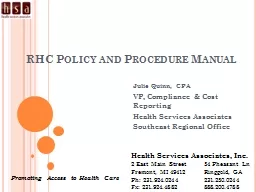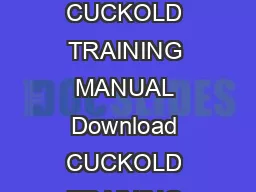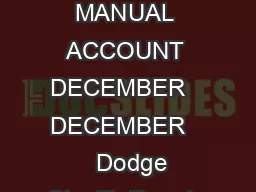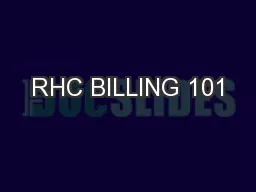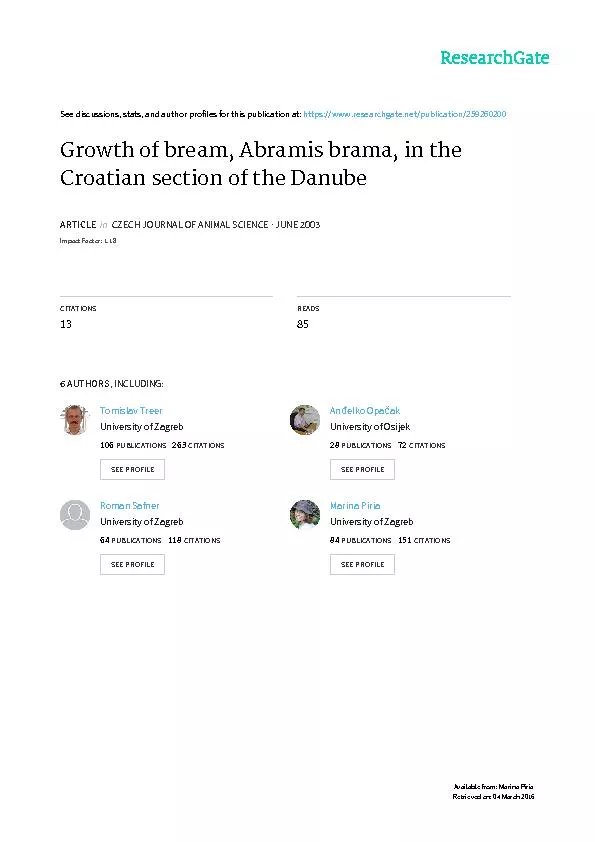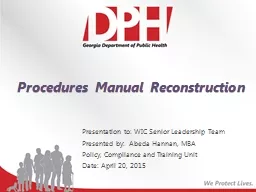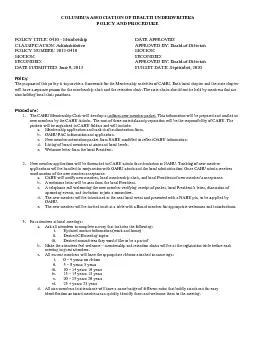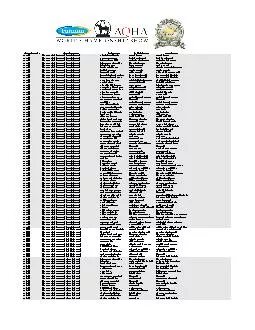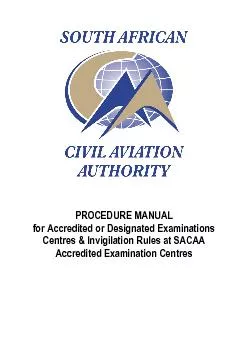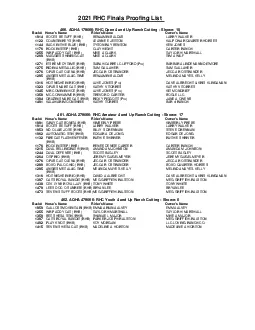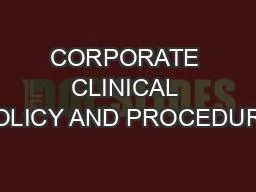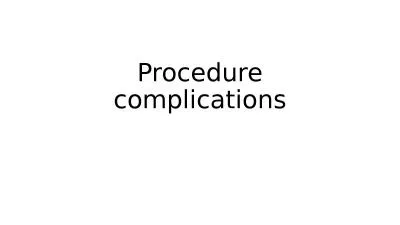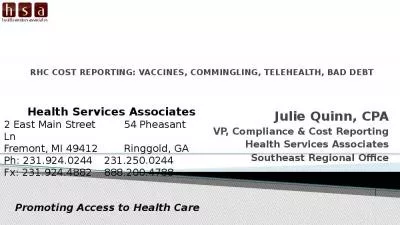PPT-RHC Policy and Procedure Manual
Author : sherrill-nordquist | Published Date : 2018-12-14
Julie Quinn CPA VP Compliance amp Cost Reporting Health Services Associates Southeast Regional Office Health Services Associates Inc 2 East Main Street 54 Pheasant
Presentation Embed Code
Download Presentation
Download Presentation The PPT/PDF document "RHC Policy and Procedure Manual" is the property of its rightful owner. Permission is granted to download and print the materials on this website for personal, non-commercial use only, and to display it on your personal computer provided you do not modify the materials and that you retain all copyright notices contained in the materials. By downloading content from our website, you accept the terms of this agreement.
RHC Policy and Procedure Manual: Transcript
Download Rules Of Document
"RHC Policy and Procedure Manual"The content belongs to its owner. You may download and print it for personal use, without modification, and keep all copyright notices. By downloading, you agree to these terms.
Related Documents

